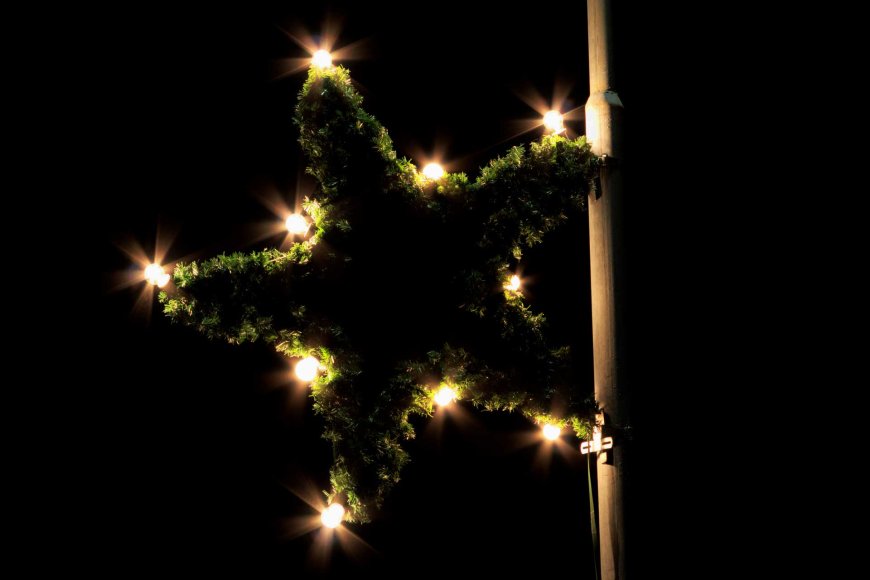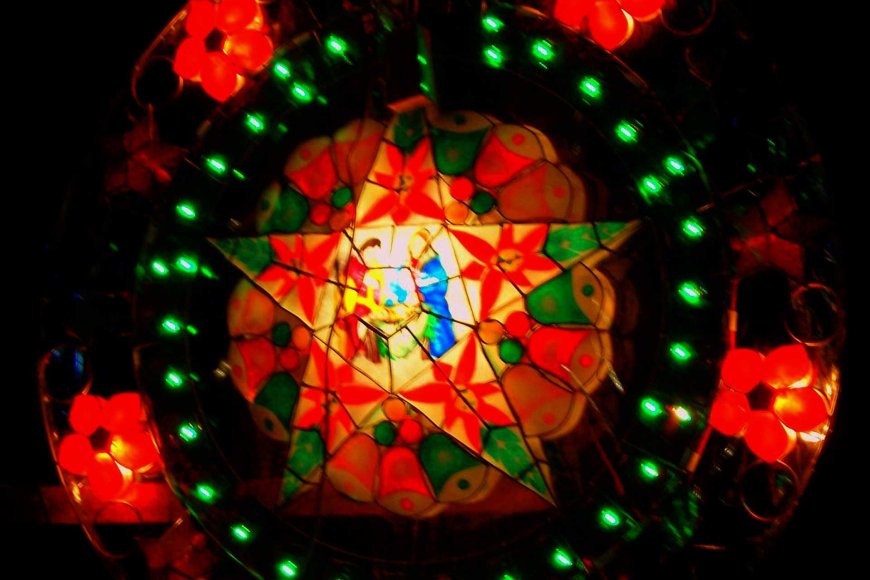The Parol: A Beacon of Filipino Christmas Spirit
The parol, a traditional Filipino Christmas lantern, is a vibrant symbol of faith, hope, and unity during the holiday season. Rooted in cultural and religious traditions, it continues to light up homes and hearts, reminding everyone of the joy and resilience of the Filipino spirit.

Symbolism and Significance of the Parol in Filipino Culture
The parol, a traditional Filipino Christmas lantern, is more than just a decorative ornament. It represents faith, hope, and the enduring spirit of Filipino culture, especially during the holiday season. Rooted in deep cultural and religious traditions, the parol has become a symbol of unity, resilience, and joy for Filipinos around the world.

Historical Origins of the Parol
The history of the parol traces back to the Spanish colonial period in the Philippines. The word "parol" originates from the Spanish word farol, which means "lantern." Introduced by Spanish missionaries, the parol was initially used to light the way to churches for the traditional Simbang Gabi (a series of early morning masses leading up to Christmas).
Originally made from simple materials like bamboo and Japanese paper, the parol was a practical tool for navigating dark roads before dawn. Over time, its functional purpose transformed into a decorative and symbolic tradition, with the parol becoming an essential element of Filipino Christmas celebrations.

Symbolism of the Parol
The parol carries deep spiritual and cultural symbolism. Its star-like design is inspired by the Star of Bethlehem, which guided the Three Wise Men to the manger of Jesus Christ. In this sense, the parol represents guidance, light, and the triumph of hope over darkness.
For many Filipinos, the parol also embodies the spirit of community and togetherness. During the Christmas season, families, neighbors, and local communities come together to craft parols, showcasing creativity and collaboration. The process of making parols becomes an opportunity to share stories, strengthen bonds, and celebrate Filipino heritage.

Evolution of the Parol Design
Over the years, the parol has evolved from its humble beginnings into a dazzling array of designs, sizes, and materials. The traditional five-point star shape, made with bamboo sticks and paper, remains popular, but modern versions now incorporate intricate patterns, LED lights, and even recycled materials.
In Pampanga, known as the "Christmas Capital of the Philippines," parol-making has been elevated to an art form. The province hosts an annual Giant Lantern Festival (Ligligan Parul), where communities compete to create the most elaborate and awe-inspiring lanterns. These giant parols, often reaching several meters in diameter, are equipped with synchronized lights and music, turning them into spectacular visual displays.

The Parol as a Symbol of Resilience
Beyond its religious and cultural significance, the parol is a testament to the resilience of the Filipino spirit. Even in times of hardship, such as natural disasters or economic struggles, the parol serves as a reminder of hope and faith. Its warm glow during the Christmas season reassures Filipinos that brighter days lie ahead.
For overseas Filipino workers (OFWs) and immigrants, the parol holds an even deeper meaning. It becomes a symbol of their identity and connection to their homeland. Many OFWs bring parols to their adopted countries, using them to recreate the festive atmosphere of a Filipino Christmas and to keep their traditions alive, no matter how far they are from home.

Modern-Day Significance
In contemporary times, the parol has transcended its religious roots and become a symbol of Filipino pride and ingenuity. It is not uncommon to see parols displayed in malls, schools, and public spaces, both in the Philippines and abroad. The parol is also gaining international recognition as an iconic representation of Filipino culture, often featured in global events and exhibitions.
Moreover, the parol-making industry provides livelihood opportunities for many Filipinos, especially in rural areas. Artisans and small-scale businesses rely on the demand for parols during the Christmas season, showcasing how this tradition supports local economies.

The Light That Unites
The parol is more than just a Christmas decoration; it is a beacon of light that unites Filipinos, regardless of their location or circumstances. Its timeless beauty and profound symbolism reflect the values of faith, hope, and resilience that define the Filipino spirit.
Whether hanging in a humble nipa hut or adorning the halls of a grand shopping mall, the parol reminds everyone of the joy and meaning of Christmas. It is a celebration of culture, creativity, and the enduring belief that, even in the darkest of times, light will always shine through.
Find Cheap Flight Tickets to any Destinations in Japan and the Philippines
Nipino.com is committed to providing you with accurate and genuine content. Let us know your opinion by clicking HERE.































































